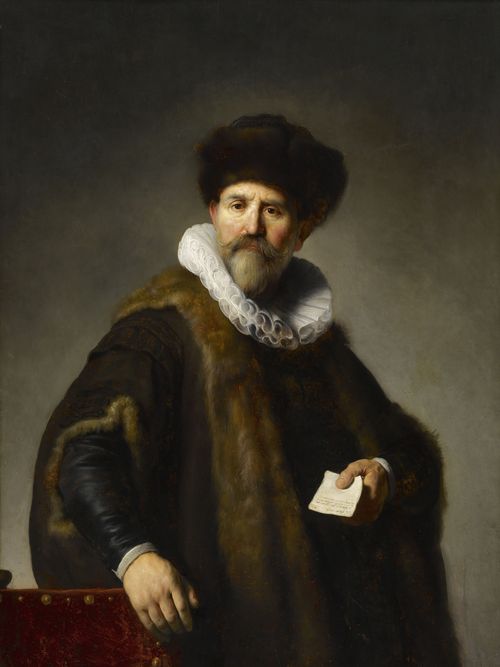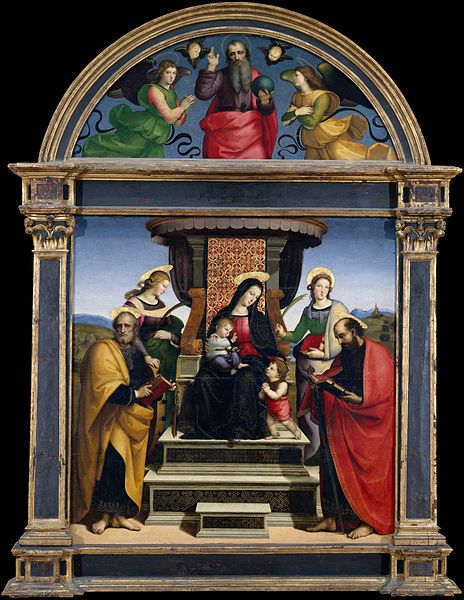
Having spent some time talking about life 700 years ago, you relaise that some things stay constant.
The inter-twining between where the powerbase lies and finance is always a close tie. Back in the Medici era, it was the Vatican and Pope, the Catholic Church and the Holy Roman Empire that enabled the Medici’s to cement their power and wealth.
Today, it is the politicians. Without keeping the politicians on side, the bankers lose.
Nevertheless, the banks have power over politicans as they run their bank accounts and therefore enable or inhibit a politicain’s abilty to campaign.
Equally, they run the accounts of the country in most instances, and can squeeze the health of the economy through reduced lending and credit, as has been seen in the battle between the UK Government and the banking system over the past few years.
You only need to look at this chart from this week’s Financial Times to see the issue of lending and therefore contraction in the UK economy.

So yes, the power lies with money and money lies with banks.
Or should I say lays rather than lies?
This has been true throughout history and stays true today.
The other truth is that wehre there is money, there is also art.
It amazes me how often I go to the theatre, opera or museums, and see bank brands all over the exhibits.
I just did a quick search and find banks sponsoring all sorts of cultural events:
- Union Bank sponsor the San Francisco Opera
- Alpha Banking Group sponsor the English National Ballet
- ING sponsor the Discerning Eye Exhibition
- Bank of America Merrill Lynch sponsor the National Portrait Gallery's Lucian Freud Exhibition
- Deutsche Bank sponsor the Little Artists' Exhibition
You can even find PNC Bank sponsoring the Brevard Zoo Meerkat Exhibition.
The list goes on and on.
Why are banks so into art.
Because it’s worth a lot.
Art is investment and, if you invest in the right artists, you get a great ROI.
That’s what the Medici’s discovered and many of the banks I visit have this inbuilt into their culture.
Here’s just a small selection of examples.
Contemporary art has been integrated into the work environment and the identity of Deutsche Bank since 1978. With one of the most comprehensive corporate art collections in the world, featuring over 57,000 photographs, prints and drawings worldwide, Deutsche Bank believes that Art works in multiple ways. In reception areas, conference rooms and hallways across the Americas and around the globe, art highlighting the most significant genres and influential artists of the past 50 years is prominently displayed. The objective of Art works is to support living artists, benefit local communities and create an energized work environment.
The JPMorgan Chase Art Collection began in 1959 when David Rockefeller established the firm’s art program and took the lead in the field of corporate art collecting. By integrating artwork with the architecture of new buildings and incorporating an enlightened approach to acquisitions, this forerunner of corporate collections became a model for other companies worldwide. Today it is one of the oldest and largest corporate art collections in the world. The JPMorgan Chase Art Program oversees more than 30,000 objects in 450 corporate offices around the globe.
The Royal Bank of Scotland is to open one of the largest collections of British art in private hands to the public. RBS owns more than 2,200 pieces of British art, including work by LS Lowry, David Hockney, Patrick Caulfield and Sir William McTaggart, and rare 18th-century works by Johann Zoffany and Joshua Reynolds, displayed in its offices and branches. Experts believe it is the largest corporate art collection in Britain, and worth millions of pounds, as it includes a significant group of postwar and contemporary British paintings and prints collected by the NatWest before the banks merged in 2000.
In fact there are few banks that don’t have significant art investments in their boardrooms and offices, as this is a source of impressing clients as well as nurturing new artists.
So it’s not a bad thing, but it is something often overlooked in terms of the relationship between art and finance.
Just as a final note, there’s another fascinating book about the rise of the nouveau riche Americans at the end of the 19th century.
The book is called Old Masters, New Money by Cynthia Saltzman, and recounts in detail the battle amongst wealthy Americans to buy up Europe’s elite art during the late 1800s and early 1900s.
Leading the battle was a certain John Pierpoint Morgan, the original J. P. Morgan, who was an avid collector of everything cultural.
From the book:
He began amassing a collection in 1890, the year that his father, Junius Spencer Morgan, died and left him a London merchant bank and $15 million. “Having become the greatest financier of the age, “ Morgan “determined to become its greatest collector”, the Burlington Magazine observed.
In sheer numbers, Morgan outstripped all other American collectors. He went after not only single, magnificent pieces like Rembrandt’s portrait ‘Nicolaes Ruts’ …

… but entire collections. In 1902, Morgan purchased 2,000 pieces of Chinese porcelain for $600,000, and Medieval art by gathering up two collections from France for $1.5 million.
In the course of two decades, he would spend a staggering $60 million on art (about $1.4 billion in today’s money).
He left most of the works to the New York Metropolitan Museum of Art, with his greatest purchase of an Old Master probably viewed as the acquisition of Raphael’s Madonna altarpiece for a mere $400,000 (or $10 million today) with no haggling either.

Chris M Skinner
Chris Skinner is best known as an independent commentator on the financial markets through his blog, TheFinanser.com, as author of the bestselling book Digital Bank, and Chair of the European networking forum the Financial Services Club. He has been voted one of the most influential people in banking by The Financial Brand (as well as one of the best blogs), a FinTech Titan (Next Bank), one of the Fintech Leaders you need to follow (City AM, Deluxe and Jax Finance), as well as one of the Top 40 most influential people in financial technology by the Wall Street Journal's Financial News. To learn more click here...

